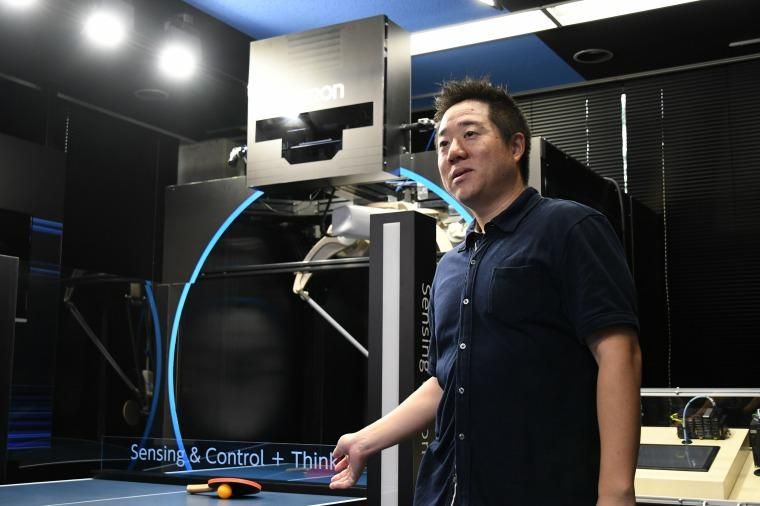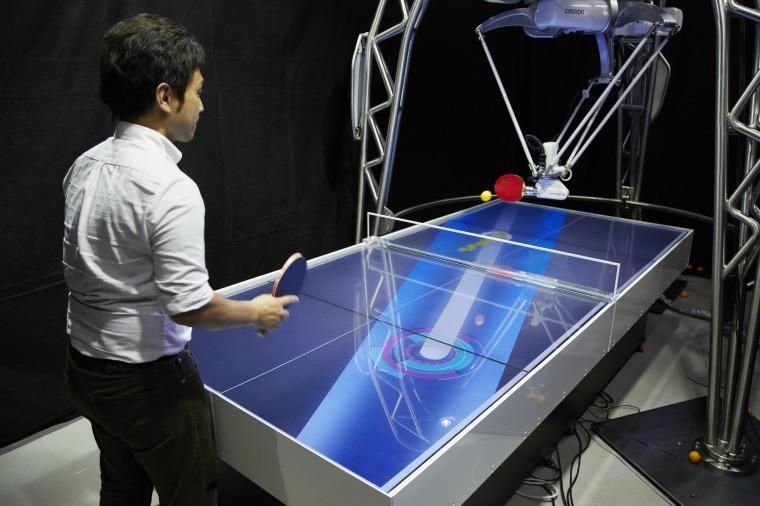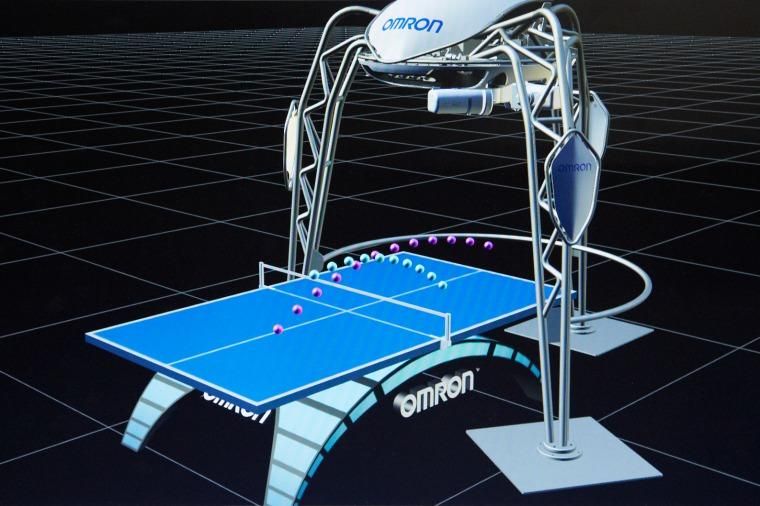Blog post -
History of FORPHEUS's growth ~ From a rallying ping pong robot to an entity growing together with humans with AI ~
[Part 1 of 3] Develop a machine that can achieve a goal together with humans in six months!
FORPHEUS evolving year by year as the state-of-the-art technology embodying "the future when mankind and machines are reconciled". "Why was it born?" "How will it evolve this year?" The successive development leaders clarify the whole picture.
Part 2 presents challenges the ping pong robot faced starting from playing a rally. What was sought was understanding of "humans". And the further the understanding of "humans" went, the harder the technologies to operate "machines" became.
Evolution of FORPHEUS -- construction of a new relationship between humans and machines -- has just begun.
Interviewing Masahiro Ikumo, as a development leader of the 2nd generation FORPHEUS
- Please tell us about how the concept of the 2nd generation FORPHEUS was born and the key points as well as the difficulties of its evolution.

While Chinese customers were experiencing "harmony between humans and machines", we discovered two major problems.
First, how can we present what the robot is thinking?
You might feel that robots and production equipment in a factory are scary, uncomfortable, and untrustworthy if you cannot understand what the machines are thinking.
We had to express what the robot was thinking.
Second, how can we motivate people? After watching the players, we found out that those who were not skilled and couldn't continue a rally didn't enjoy the ping pong robot.
We already knew that people could not achieve a goal without motivation when we considered "harmony between humans and machines", but we were able to realize it was a more realistic issue then.
We came up with the idea that the ping pong table should be used as a display to visualize where FORPHEUS is going to return a ball next.
It should help people to understand what FORPHEUS is thinking and support those who cannot continue a rally as a coach.
What was difficult for us was to come up with a display that would support the player to rally.
Whether a person is good at playing ping pong or not, players watch the ball.
After making repeated experiments, we found out that the ping pong table was not actually watched.
We reached the conclusion then, "It's no use displaying fine information on the table. Display should be simple and moving for easier view" and started development.

Display for easier understanding, however, lead to another challenge.
We had to improve the accuracy of the position where the ball actually hit the table and the return position display.
The ball had to be returned as simulated and we hit the wall how we should change the robot control.
The key was the ball's rotation which we had not noticed before.
We made software that can determine ball's rotation and change the way the robot returns it based on the change of ball's trajectory hit by a player.

Technically speaking, there are various ways to find rotations. We adopted a technology called "visual feedback", OMRON's image sensor technology used to adjust product's position while processing in a factory.
The technology watches the ball 80 times per second by an image sensor, predicts its trajectory without ball's rotation, and compares it with actual trajectory pattern. It clarifies the difference by which rotation is estimated.
2nd generation FORPHEUS thus completed
For machines to bring out abilities and possibilities of humans, sophisticated technology to operate "machines" is not enough. You must understand "humans". Machines perceive human mind for a future society where humans play the leading role. This big challenge has just begun.
Related links
Topics
- Engineering industry